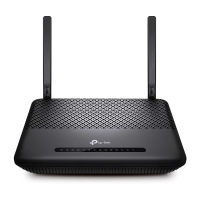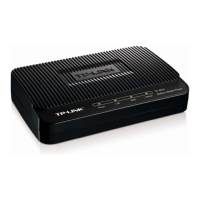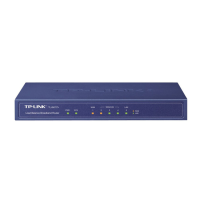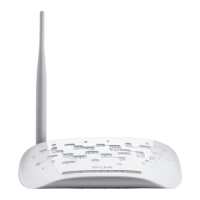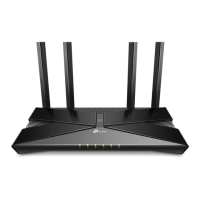50
Chapter 6 VoIP
Bound Interface: Bound Interface decides where to send/receive the VoIP traffic. An
easy way to select the interface is to check the location of the SIP (Session Initiation
Protocol) server. If it locates somewhere on the Internet then select Any_WAN. If it is on
the local network, select LAN.
Locale Selection: Select a country where you are located. The GPON router is embedded
with some default parameters according to different countries such as ring tones.
Usually you can keep the default value.
DSCP for SIP/RTP: DSCP (Differentiated Services Code Point) is the first 6 bits in
the ToS byte. DSCP marking allows users to assign specific application traffic to be
executed in priority by the next Router based on the DSCP value. Select DSCP for the
SIP (Session Initiation Protocol) and RTP (Real-time Transport Protocol) respectively. If
you are unsure, please always keep the default value.
DTMF Relay Setting: DTMF is Dual Tone Multi Frequency. Options available are SIP-Info,
RFC2833, and In-band. If you are unsure which one to choose, please always keep the
default value.
• SIP INFO: If it is selected, the GPON router will capture the DTMF tone and transfer it
into SIP form. Then it will be sent to the remote end with SIP message.
• RFC2833: If it is selected, the GPON router will capture the keypad number you pressed
and transfer it into digital form then send to the other side; the receiver will generate
the tone according to the digital form it receives. This function is very useful when the
network traffic congestion occurs and it still can remain the accuracy of DTMF tone.
• In-band: If it is selected, the GPON router will send the DTMF tone as audio directly
when you press the keypad on the phone.

